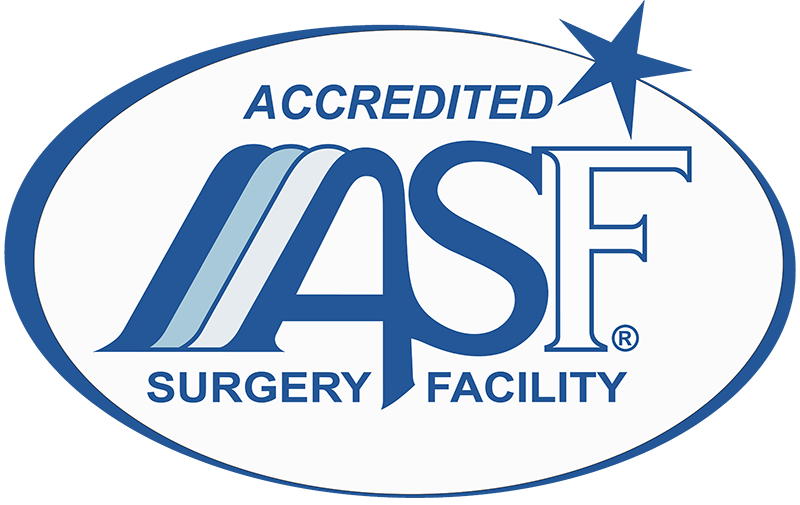Surgical Bypass for Aortoiliac Occlusive Disease
A surgical bypass is a procedure that re-routes the blood flow around a diseased artery to the increase blood flow to your legs. Bypass surgery does not provide a cure for aortoiliac occlusive disease. It is a treatment which is given when medical management or minimally invasive therapies such as balloon angioplasty and stenting have not worked or are not suitable for you.
Why is it done?
An aortoiliac bypass may be needed if you have severe blockages in your aorta or iliac arteries. These blockages in your pelvis can cause severe discomfort in your legs when you walk. Often, this discomfort can cause pain even at rest. Wounds may even develop on your legs due to a lack of blood flow.

Risks
The possible complications of these operations include death, heart attack, stroke, wound problems, graft infections, bleeding, graft blockage, need for another operation and limb loss.
How to Prepare
If you smoke, stop to help the bypass last longer and aid wound healing.
Most patients take aspirin as well as a cholesterol medication prior to surgery. Ask your vascular surgeon if you should adjust any other medications, such as blood thinners.
You will probably be required to fast (no food or drink) after midnight the night before surgery.
What Can I Expect After Treatment?
These operations are performed to improve blood flow to your legs. If successful, you should be able to walk further or have less pain in your legs than before the surgery. Leg pain from other conditions, such as back problems or nerve pain, will not be changed.
You will probably feel incision pain for several days to a few weeks and be treated with pain medications.

Description
An AORTOFEMORAL BYPASS is the placement of a graft connecting your aorta and one of both femoral arteries in your pelvis to bypass a diseased vessel. This will help to increase the blood flow to your legs. The aorta is accessed through a small incision in your abdomen. A prosthetic graft is then sewn into place above the blockage on the aorta and below the blockage on the femoral artery/ies. The tissue is then closed in layers over the graft in the abdomen and the groins.
Pain may last for several days to a few weeks after the procedure and is mostly due to the abdominal incision. Your surgical team will provide you with adequate amounts of pain medication to keep you comfortable.
An AXILLOFEMORAL OR AXILLOBIFEMORAL BYPASS is a safer approach in some cases. Instead of using the aorta as the source of blood flow, the axillary artery is used. The axillary artery is the artery that routes blood from your neck to your arm. An incision is made below the collarbone and in one or both groins. A graft is sewn in with tiny stitches at the origin and destination points for the bypass.
Pain may last for several days after the procedure. Your surgical team can assist with pain management post-operatively to keep you comofortable.
Time in surgery varies greatly, depending on weight, scar tissue and extent of disease.


